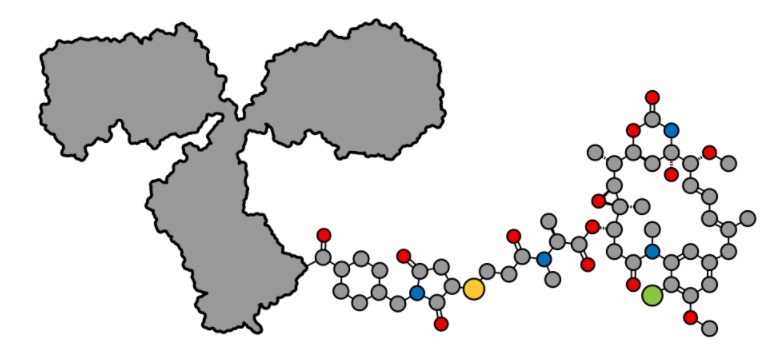With the continuous development of protein and protein complex biopharmaceuticals and the increasing demand for accurate determination, structural characterization techniques are constantly being updated. When the traditional mass spectrometry technology can not fully meet the needs of accurate determination of complex drugs, native mass spectrometry (Native MS) technology have emerged.
Why Use Native MS?
In the usual protein analysis, in order to destroy the three-dimensional structure of the protein, the protein is denatured by heating or adding a high concentration of denaturing reagents (such as urea, guanidine hydrochloride, etc.); In addition, acidic pH conditions of mobile phases and organic phases in reversed-phase chromatography can also denature proteins.
When studying the non-covalent binding of proteins, in order to avoid the non-covalent binding being destroyed by denatured conditions, it is necessary to conduct research under native liquid-chromatographic conditions; In addition, under native conditions, molecular weight information of each component in a protein sample with a relatively complex composition can be obtained.
Native MS for ADCs Analysis
Native MS is mainly used in two applications: first, in the biopharmaceutical field. The complete molecular weight of small molecule drugs (Cys-ADC) conjugated at the Cys site is analyzed by opening the disulfide bonds between monoclonal antibody chains. The chains of these drugs are bound only by non-covalent forces, so the chains will be separated under denaturing conditions and their complete molecular weight cannot be measured. Another application is the study of protein multimers. Under native conditions, not only the non-covalent interactions between subunits can be maintained, but also the results are more meaningful because neutral conditions are closer to the physiological state.
Native mass spectrometry has a wide range of applications, such as drug to antibody ratio (DAR) determination in antibody-drug conjugates (ADCs), which are divided into two classes of drugs, lysine- and cysteine-coupled ADCs, based on the conjugated site of antibody. Most of these ADCs are conjugated with small molecule drugs through lysine. Determination of these ADCs is often based on traditional RPLC/MS technology platforms, and proteins need to be DAR assayed under denatured conditions. However, this denatured condition will cause the separation of the light and heavy chains of the cysteine-conjugated ADCs. Therefore, the detection of cysteine-conjugated ADCs can be performed by native mass spectrometry.

ADCs molecular
Native MS Service
Creative Proteomics features an advanced native protein profiling platform - Exactive Plus EMR mass spectrometer with Protein Deconvolution 3.0 software. The platform combines the ultra-high resolution, ultra-fast scanning speed, ultra-high mass accuracy, ultra-high sensitivity and extended mass range of mass spectrometers with precise analysis for studying the structure, topology, and construction of proteins and protein complexes that retain tertiary and quaternary structure in a natural state. It can be used for the characterization of monoclonal antibodies/ADCs, PEG-modified proteins, oligomeric proteins, glycoforms and proteins assemblies. At the same time, the comprehensive analytical performance of the Exactive Plus EMR mass spectrometer makes it an excellent solution for screening peptides and small molecules.
Exactive Plus EMR Mass Spectrometer Features
- Extended m/z 350–20,000 mass range enables analysis of larger proteins, antibodies, antibody-drug conjugates, glycoforms, and protein assemblies
- High mass ions provides stronger signal
- High resolving power, up to 140,000 FWHM, enabling separation of isomers and determination of glycosylation
- Compatible with Protein Deconvolution software for intact protein characterization
Application of Native MS Technology
- Analysis of ADCs such as DAR assays
- Analysis of PEG or polysaccharide-modified proteins
- Assembled protein or protein–drug complex research
- Determine the molecular weight of proteins and protein complexes in their native structural state
- Structural and topological studies of native proteins and protein complexes
Reference
- Dabaene et al., Anal Chem. 2014, Nov 4;86 (21):10674-83.






